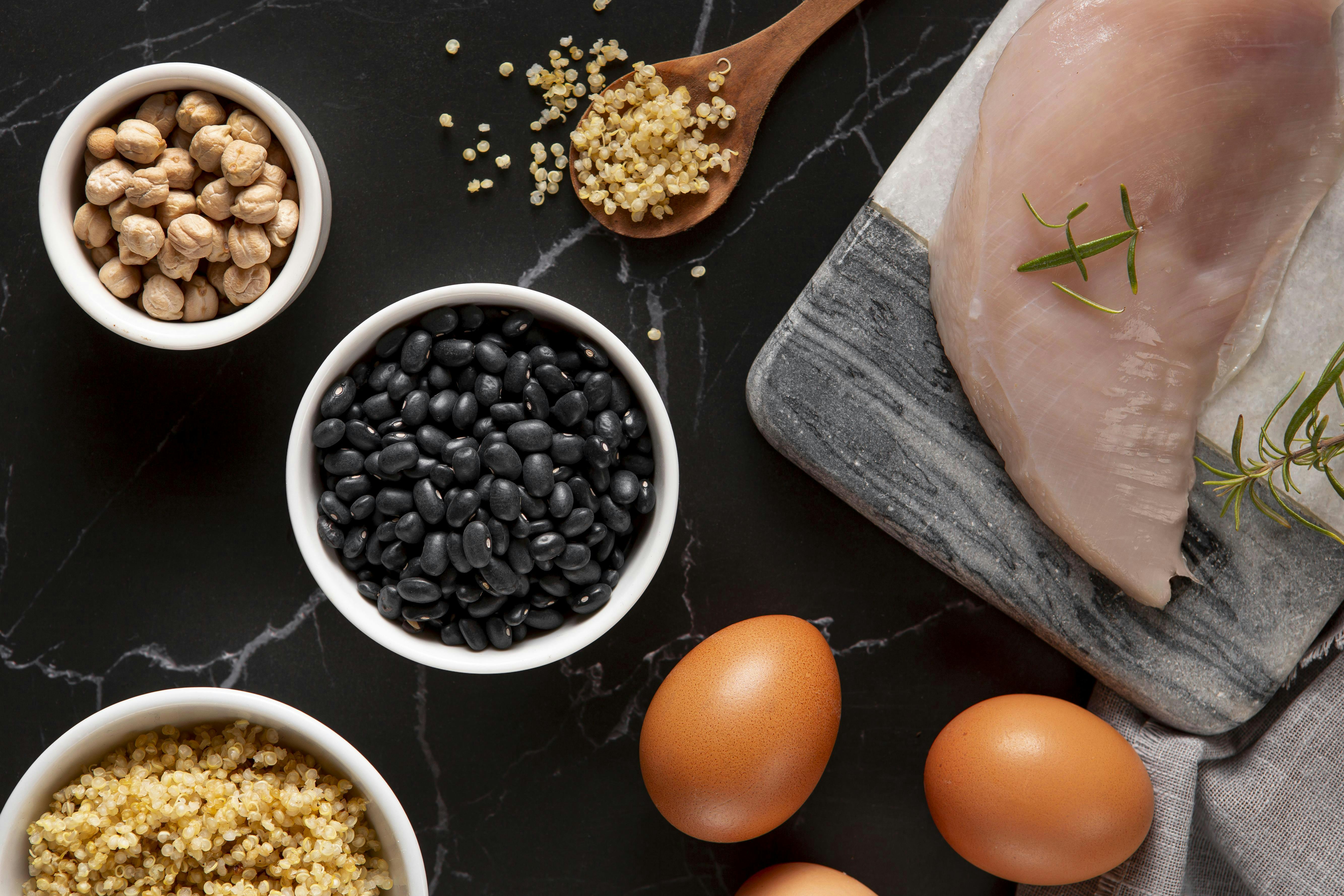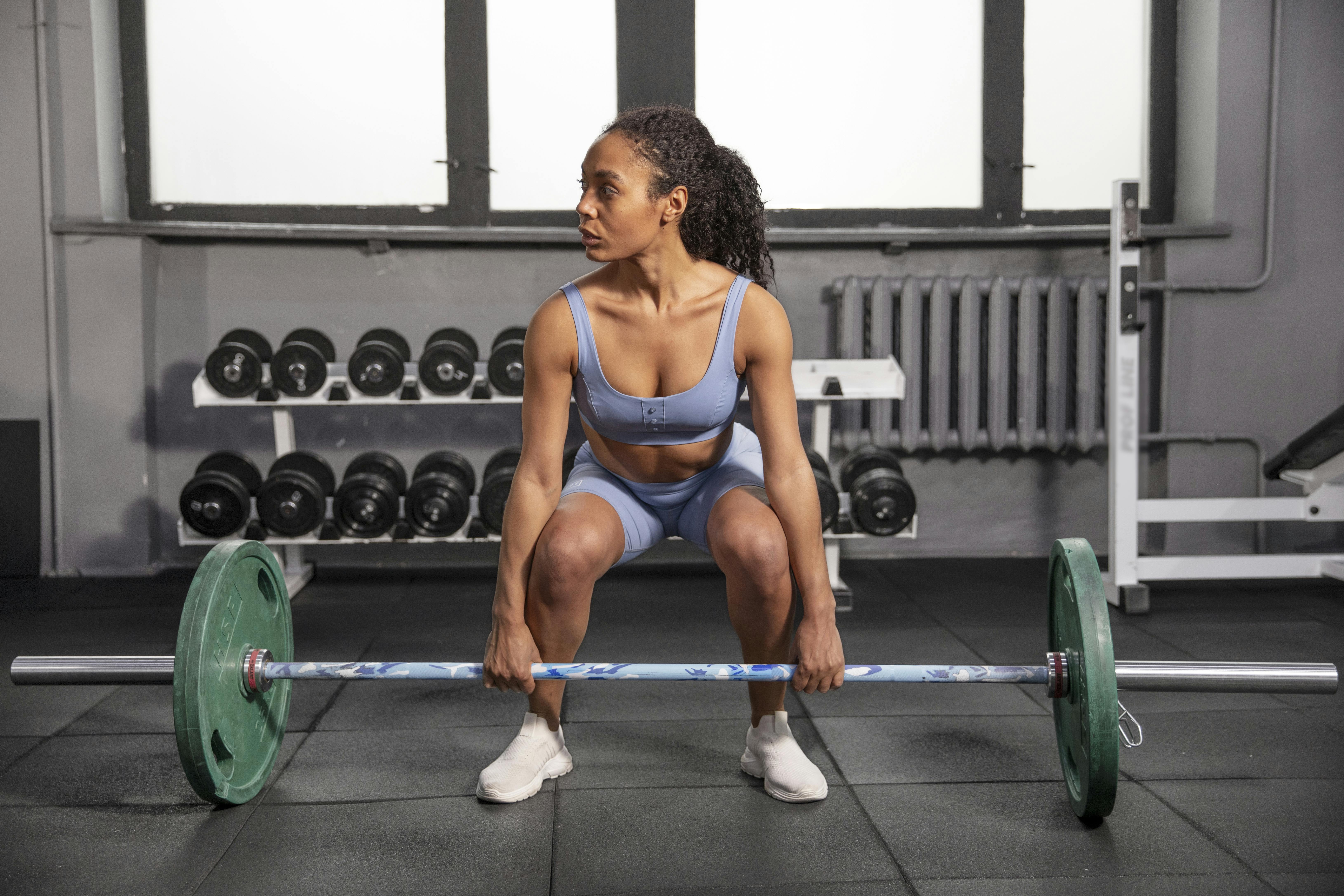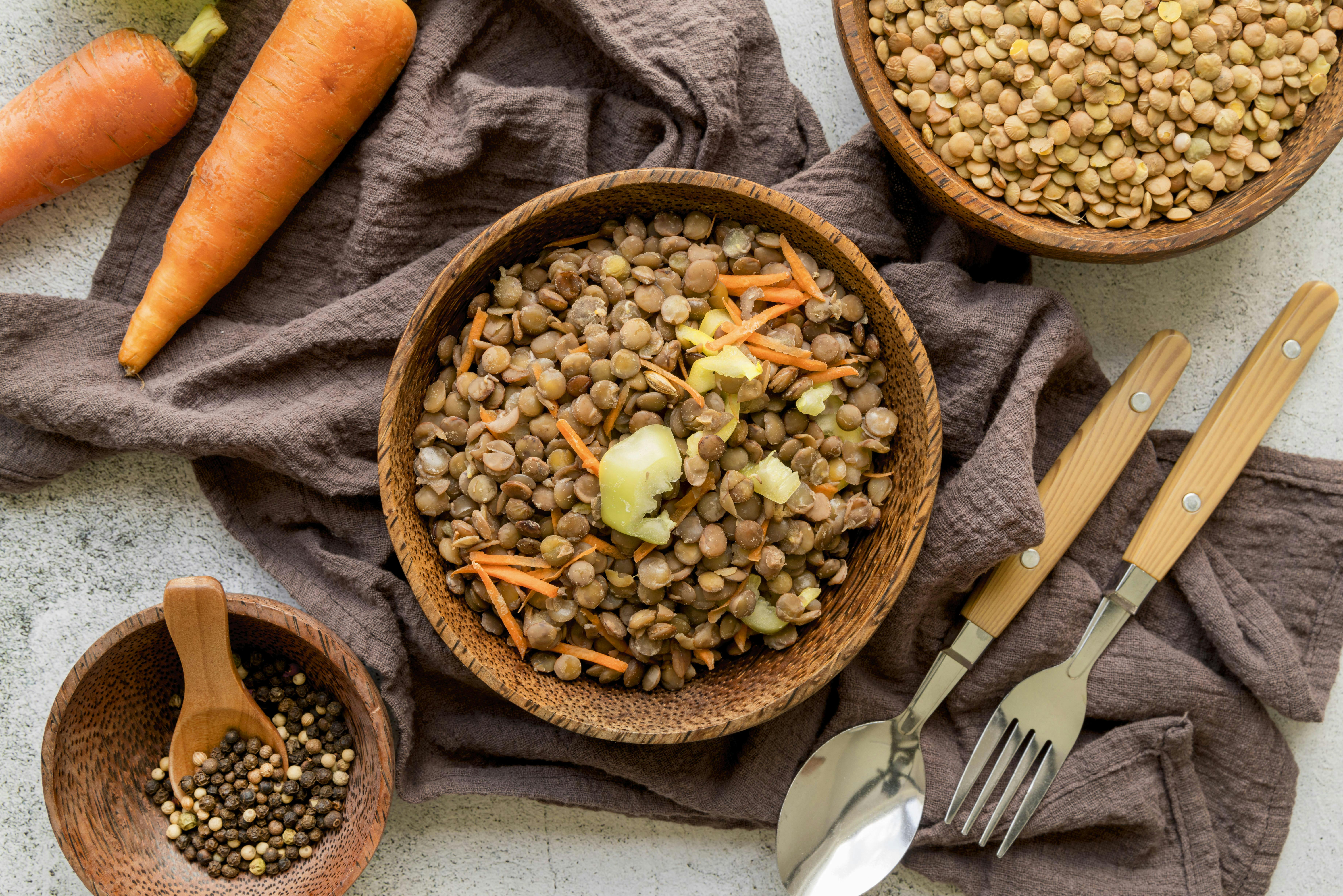- Category
- Nutrition
- DateMarch 12, 2025
- AuthorMeaghan Kennedy
- Read Time5 Min

How to Increase Protein Intake Easily Without Supplements
Protein is essential for everyone, but it becomes even more critical for women as they age. It helps preserve muscle mass, supports bone health, and prevents age-related muscle loss, which can lead to weakness and a slower metabolism. When strength training, increasing protein intake is key for muscle repair, growth, and recovery. Without enough protein, the body may break down muscle for energy, leading to fatigue, slower recovery, and a higher risk of injury. On the flip side, consuming adequate protein boosts metabolism, improves muscle tone, supports immune function, and keeps you feeling fuller longer, making it essential for overall health and performance.

How much protein do I need?
Protein needs vary based on activity level, age, and fitness goals. A general guideline is to consume 0.8 to 1.0 grams of protein per pound of body weight (1.2 to 2.2 grams per kilogram). For those strength training or looking to build muscle, aiming for the higher end of this range is ideal. Sedentary individuals may need less, but active people, especially those lifting weights or aging, benefit from increased intake to support muscle maintenance and recovery. Prioritizing high-quality protein sources throughout the day ensures optimal absorption and muscle repair.
Easy Ways to increase Protein Intake
- Egg whites are a fantastic way to increase protein without adding extra fat. If you’re eating two whole eggs for breakfast, you're only getting 12-14 grams of protein. To really up your intake, add 3 ounces of egg whites, which will give you over 20 grams of protein—making your breakfast a much more powerful source of protein.
- Add 6 oz of lean ground beef or skinless chicken breast to any meal for a simple 50 grams of protein.
- Seafood is a great protein source:
A cup of shrimp or a medium fillet of white fish provides 20 grams of protein
A medium fillet of salmon offers 36 grams of protein
White fish is an excellent choice for those looking to keep their fat intake low.
- Opt for Greek yogurt or Icelandic yogurt, such as Skyr, instead of regular yogurt. These yogurts can add 15-20 grams of protein per cup. Other great high-protein dairy options include cottage cheese, paneer, and protein-rich milks like Naturel.
- Go for high-protein carbs to fuel your body:
Chickpea or black bean pasta: 15-18 grams per cup
Quinoa: 8 grams per cup
Amaranth: 9 grams per cup
Farro: 8 grams per cup

What if I am Vegetarian/Vegan?
If you're vegetarian or vegan, there are plenty of plant-based options to meet your protein needs:
One cup of cooked red lentils provides 18 grams of protein
One cup of cooked mung beans offers 15 grams of protein
One scoop of pea protein powder gives you 25 grams of protein
One cup of edamame has 16 grams of protein
Hemp seeds are another great option—add 3 tablespoons to your yogurt or salad for an easy 10 grams of protein
In Conclusion
Increasing your protein intake can feel challenging at first, and it's normal to feel full when you start. To make it easier, gradually increase your protein intake. Start by adding egg whites to your eggs, mixing 3 tablespoons of hemp seeds into your oatmeal, or adding Greek yogurt to your smoothie. Divide your total protein goal evenly between your meals and snacks, and steadily work your way up to meeting it. Remember, consistency is key. By making small, manageable changes, you'll be well on your way to reaching your protein goals and supporting your health and fitness.
You may also like
The hardest part of any weight loss journey is the social gatherings. Watching your friends and family consume whatever they want can be challenging. Losing weight should not mean missing out on those special moments. That's why I have compiled a list of my favorite low-calorie drinks for your enjoyment.
Having a structured workout plan is essential for runners as it provides direction and helps optimize performance while reducing the risk of injury. A well-rounded plan ensures a balance of various workouts, speed intervals, strength training, mobility and rest days. By incorporating cross-training, a structured plan supports recovery and improves performance. Whether training for a race or improving general health, a structured approach helps runners reach their potential safely and effectively.
While weight lifting is renowned for building strength and muscle mass through resistance training, Pilates focuses on improving flexibility, core strength, and overall body awareness. Despite both methods aiming to enhance physical fitness, they vary significantly in their techniques, intensities, and goals. In this article, I discuss the key differences between traditional strength training and pilates.



